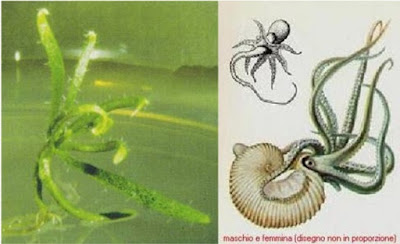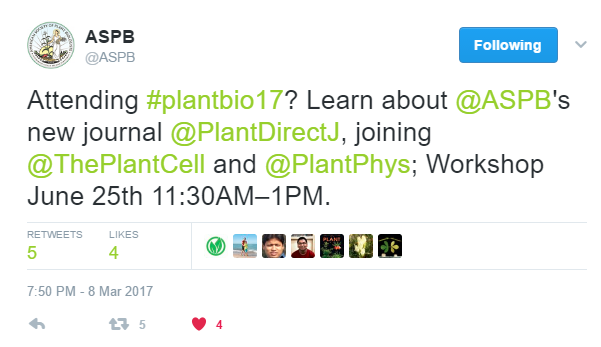Mutant series: Argonaute 1 (AGO1)

ARGONAUTE (AGO) protein family was named first as PAZ proteins. "PAZ" represents p ELEMENT-INDUCED WIMPY TESTS ( P IWI) from Drosophila , ARGONAUTE1 ( A GO1) and ZWILLE (ZIL) from Arabidopsis thaliana . All these proteins were discovered initially, and they shared a common domain. Later, it has been found that DICER proteins also contain PAZ domain. To distinguish them from DICER proteins, then it was renamed as PPD ( P AZ P IWI D OMAINS) proteins. Because of this renaming, it clearly distinguished between ARGONAUTE and DICER based on the presence of domains. For ARGONAUTE, PIWI domain is unique. From the functional analysis, it had been shown that few PPD proteins has RNaseH-like activity, cleaves targeted ssRNA (single-stranded RNA). To make an adjustment with the DICER for naming, they named as SLICER. It's a cool name, isn't it? Eric Lander called it "enzymatic king-fu"! However, problems remained. Not every member of this PPD pr

